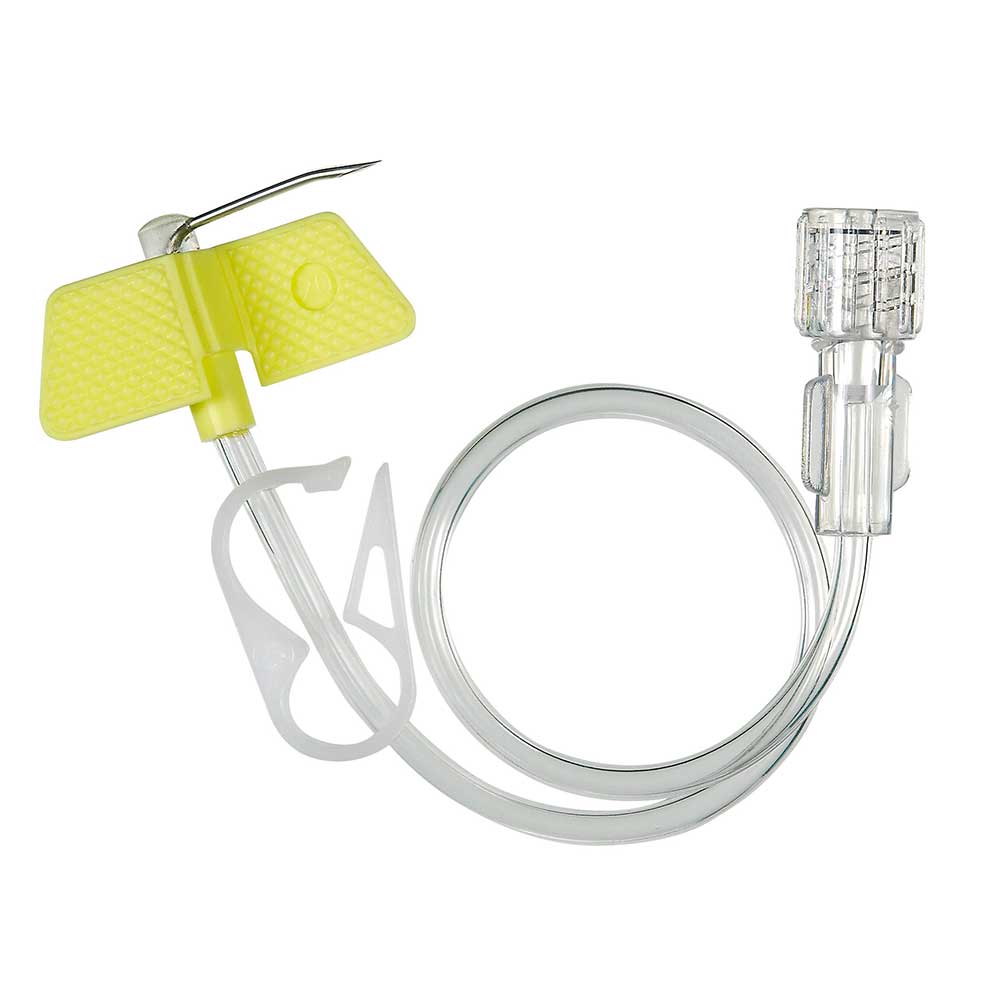Injectable or intravenous chemotherapy
Introduction:
Many types of chemotherapy are given as long-term injections (infusions) or short-term infusions. In long-term injections, chemotherapy drugs enter the body through a narrow tube called a catheter that is inserted into a vein, artery, body cavity, or organ. In some cases, chemotherapy may be injected quickly with a syringe.
The following information is about standard or common chemotherapy. There are other medications that can be prescribed in other ways: such as targeted therapy, hormone therapy, and immunotherapy.
۱٫ Intravenous chemotherapy IV
Intravenous or IV chemotherapy is injected directly into the bloodstream through a soft, thin, plastic tube called a catheter. The catheter is inserted into the forearm or hand and a needle is used to insert it, then the needle is removed and the plastic catheter remains inside the vein.
Intravenous drugs are given in the following ways:
Rapid injection (IV Push / Bolus): The drug is injected rapidly in a few minutes with a syringe.
Slow injection (IV Infusion): The drug is injected over a few minutes to a few hours. The mixture of medicine and serum flows through a plastic bag into the catheter and then into the body.
Continuous Infusion: This infusion can last from one to several days and is usually controlled by an electronic intravenous pump.
What should we do if we do not have a good vessel?
Needles and catheters, as well as chemotherapy, can damage blood vessels. One option suggested to patients in need of long-term chemotherapy is a central vein catheter (CVC). CVC is a catheter that is larger than conventional catheters and is inserted into a vein in the chest or arm. As long as the treatment continues, it stays in place, so that the patient does not need to inject the drug each time. Different types of CVC are available. The most common type is the same port. Porting is the use of a central vein in the body for chemotherapy. The port reservoir is usually placed on the right side and above the chest, and its tube travels from under the skin of the chest to the central vessels of the neck.
CVC implantation requires a small operation. Sometimes this is done in a clinic or a hospital room or in an operating room. Once the CVC is implanted, the patient can receive all the treatments through it and does not need to be bothered every time for a venipuncture, through which several blood tests can be performed and other treatments (fluids, injections) besides chemotherapy. Blood, antibiotics, ...) also did.
Many patients undergo CVC before starting treatment, and some people go for CVC after a few sessions of treatment because they have to inject several times each time to find the right vein in the arm or arm. The cancer treatment team can help you decide whether to have CVC or what type to use.
۲٫Other methods of injection chemotherapy or infusion (slow injection)
A. Chemotherapy (in cerebrospinal fluid) (IT):
Chemotherapy is injected into the spinal canal through a catheter into the spinal canal, from where it travels to the fluid around the brain and spinal cord (CSF). This chemotherapy is needed for certain types of cancers that involve the brain because most chemotherapy drugs that are given intravenously or orally cannot pass through the cerebrospinal fluid, which protects the brain from toxins.
IT chemotherapy can be given through a long needle that is inserted into the space around the spinal cord and the reservoir is surgically placed under the scalp. This type of reservoir port is called ommaya reservoir. But it is like a small drum with a small tube attached to it, which enters the cerebrospinal fluid of one of the brain cavities. However, it remains under the scalp until the end of the treatment.
B. Intra-arterial chemotherapy IA:
In this procedure, chemotherapy drugs are injected right into the main artery that feeds the tumor. This method is used to treat an organ (for example, liver, arm or leg). This method helps to give specific treatment to one part and limit the effect of chemotherapy on other parts of the body.
C. Intracavitary chemotherapy:
Chemotherapy drugs may be inserted through a catheter into a closed space in the body, such as the bladder (intravesical chemotherapy), the abdomen (intraperitoneal chemotherapy), or the chest (intrapleural).
D. Intravesical chemotherapy (intravesical):
The chemotherapy is inserted into the bladder through a soft catheter and left there for a few hours, then drained and the catheter is removed.
H. Muscle Chemotherapy IM:
The drug is injected into a muscle through a needle attached to a syringe.
F. Tumor chemotherapy:
A needle is used to insert chemotherapy directly into the tumor. This method can only be used when the needle can be safely inserted into the tumor.
Where is infusion or injection chemotherapy given?
The location (treatment center) of chemotherapy depends on the dose and method of medication, each hospital plan, insurance coverage, your preference, and your doctor's recommendations.
Places where chemotherapy may be given:
• Home
• clinic
• Clinic
• Outpatient hospital
• Hospitalized
Some places may have private treatment rooms, while some centers treat patients together in one large room.
Number and duration of chemotherapy:
Whether chemotherapy is given every few days or several times depends on the type of cancer, the purpose of the treatment, the medications used, and the patient's response.
Chemotherapy may be given daily, weekly or monthly



